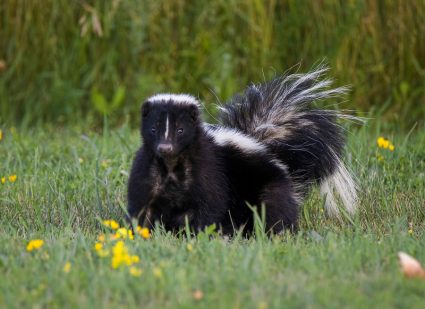
Coyote traps are commonly used in many areas to keep these wild creatures at bay. However, these traps can often pose a risk to our beloved pets, especially dogs, if they accidentally wander into them. This comprehensive guide aims to provide dog owners with practical tips and strategies on how to keep dogs out of coyote traps, ensuring their safety while also effectively managing the coyote population.
Keeping dogs out of coyote traps involves using dog-safe traps, setting traps strategically in areas less frequented by dogs, regularly checking traps, and using scent control to attract coyotes and not dogs. Informing neighbors about the traps can help them keep their dogs safe. Training dogs to avoid traps can also be an effective measure. Always adhere to local regulations for coyote trapping to ensure humane practices.
Understanding Coyote Traps
Before we delve into the strategies to keep dogs safe, it’s crucial to understand the different types of coyote traps. Common coyote traps include coil-spring foothold traps, non-powered cable devices (also known as snares), powered cable devices, and live traps. Each of these traps has its unique design and mechanism, meaning they pose varying levels of risk to non-target animals like dogs.
Keeping Dogs Safe: Practical Strategies
Use Dog-Safe Traps
One of the most effective ways to prevent dogs from getting into coyote traps is to use dog-safe traps. These traps could be cage traps or foot traps with rubber pads designed to hold the animal without causing serious harm.
Regularly Check Traps
Regularly checking the traps every twelve to twenty-four hours ensures you’re only catching coyotes and not the family dog or your neighbor’s cat. It also allows you to release any non-target animals that may have been accidentally trapped.
Set Traps Strategically
Placing traps in areas where coyotes are likely to be found but away from areas where dogs typically roam can significantly reduce the chances of a dog getting into a coyote trap. This may include wooded areas, near den sites, or along coyote travel routes.
Use Scent Control
Coyotes have a keen sense of smell, using scent control methods such as wearing gloves when handling traps and using lures specifically designed for coyotes can help attract coyotes while minimizing the chances of attracting dogs.
Inform Neighbors
Let your neighbors know that you are setting traps for coyotes, so they can keep their dogs on a leash or supervise them while outdoors. This not only protects their pets but also helps to ensure the effectiveness of your coyote trapping efforts.
Training Dogs to Avoid Traps
Training your dog to avoid traps can be an effective precautionary measure. This could include obedience training, leash training, avoidance training, socialization, recall training, and boundary training. Each of these training methods can help prevent dogs from getting into coyote traps and ensure their safety in areas where coyotes and traps may be present.
Legal Regulations for Coyote Trapping
Coyote trappers should familiarize themselves with local regulations and guidelines to ensure responsible and humane trapping methods. By following these guidelines and adhering to local laws, trappers can minimize the risk of capturing non-target animals like dogs while trapping coyotes.
Conclusion
Keeping dogs out of coyote traps involves a combination of responsible trapping practices, proper dog training, and vigilant supervision. By using dog-safe traps, setting traps strategically, regularly checking traps, and training your dogs to avoid traps, you can ensure the safety of your pets and effectively manage the coyote population in your area.
Frequently Asked Questions
What are some examples of dog-safe traps?
Dog-safe traps are designed to capture animals without causing harm. Examples include cage traps, which are designed to confine the animal without any physical harm, and foot traps with rubber pads, which hold the animal without causing injury.
How can I use scent control methods in setting up coyote traps?
Scent control methods involve reducing or eliminating human scent on the trap as coyotes can be deterred by it. You can wear gloves when handling traps to prevent leaving your scent. Also, using lures or baits specifically designed for coyotes can make the trap more attractive to them and less appealing to dogs.
What are some effective dog training methods to avoid traps?
There are several training methods to help dogs avoid traps. Obedience training can help your dog follow commands and stay away from traps. Leash training ensures your dog stays close to you during walks. Avoidance training teaches your dog to stay away from specific areas or objects. Recall training helps your dog return to you on command, and boundary training teaches your dog to stay within a specific area.
What should I do if my dog gets caught in a coyote trap?
If your dog gets caught in a coyote trap, approach the dog calmly and speak in a soothing voice. Call a vet or animal control officer immediately for assistance. If you have to release the dog yourself, use a rope or leash to keep the dog calm and prevent it from biting due to pain or fear. Be sure to seek veterinary care immediately after releasing the dog.
How can I find out about local regulations for coyote trapping?
Local regulations for coyote trapping can usually be found on the website of your state’s wildlife or natural resources department. You may also contact them directly for specific information. It’s important to adhere to these regulations to ensure humane and responsible trapping practices.










